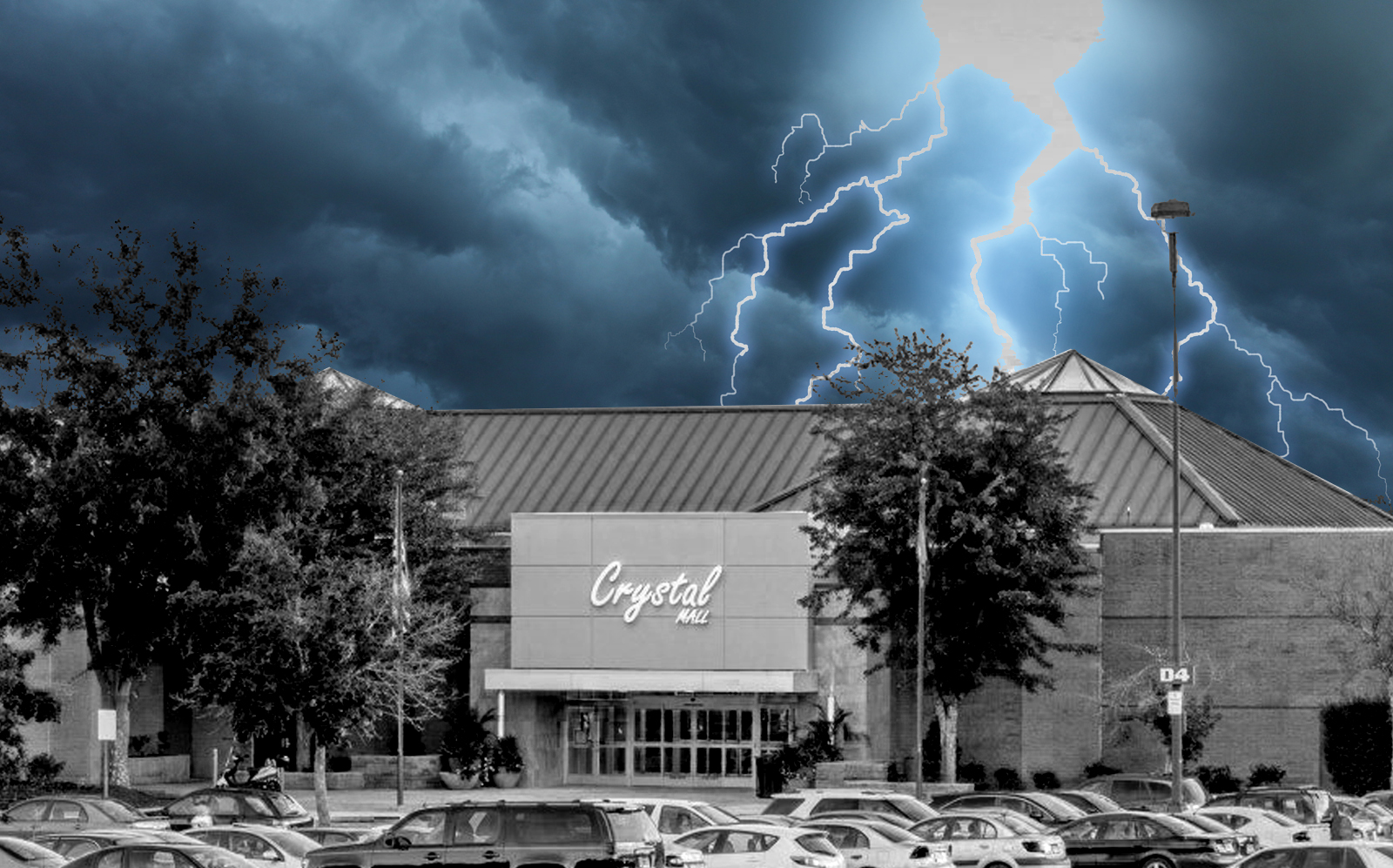Trending
 Lawmakers reach sweeping housing deal with “good cause eviction,” new 421a
Lawmakers reach sweeping housing deal with “good cause eviction,” new 421a “Investing before the ‘all clear’ sign”: Jon Gray on Blackstone’s $10B apartment deal
“Investing before the ‘all clear’ sign”: Jon Gray on Blackstone’s $10B apartment deal Macerich faces “imminent” default on $300M Santa Monica Place loan
Macerich faces “imminent” default on $300M Santa Monica Place loan Tony Park and Elad Dror take a gamble on Koreatown office-to-resi conversion
Tony Park and Elad Dror take a gamble on Koreatown office-to-resi conversionSimon’s Connecticut mall valuation slashed by 88%
Appraisal for about two-thirds of the Crystal Mall fell to just $18.7M

The valuation for about two-thirds of Simon Property Group’s Crystal Mall in Waterford, Connecticut was slashed 87 percent to just $18.7 million, a sign of just how bad things are for many suburban shopping centers.
About 518,000 square feet of the property backed a $95 million commercial mortgage-backed securities loan, according to Trepp. With the new appraisal, the loan-to-value ratio comes to an eye-popping 508 percent, meaning the mall’s debt is worth about five times more than a majority of the mall.
That piece of the property was appraised at $153 million in 2012.
The appraisal reduction is hardly a surprise: A report from Kroll Bond Rating Agency in November noted that Simon was planning to hand over the keys to the Crystal Mall, along with three other shopping centers, to its lenders.
Trepp notes that the loan is currently in the foreclosure process and Simon is working with the lender to turn over the property.
Mall landlords are increasingly handing over their keys to their lenders, especially on so-called Class B malls, which generally generate smaller sales per square foot than Class A malls.
In most cases, these malls are backed by non-recourse CMBS loans. But since the loans are non-recourse, the lender can only go after the mall, as opposed to other assets owned by the borrower, which makes handing back the keys an appealing option.
Starwood Capital, Brookfield Property Partners, and Namdar Realty have all sought to give struggling malls back to their lenders. And Simon recently lost control of the Town Center at Cobb Mall in suburban Atlanta after Deutsche Bank foreclosed on the property, according to the Marietta Daily Journal.
Even prior to the coronavirus, the Crystal Mall was struggling to attract retailers and visitors.
Occupancy dropped to 78 percent in 2019, down from 89 percent in 2012. Meanwhile, net operating income has declined to $4.2 million from $11.5 million during the same period, Trepp noted.
In 2018, Sears declared bankruptcy and vacated its 149,240-square-foot anchor store at the mall. According to Bloomberg, there were 35 vacant storefronts as of August 2020, close to a third of the total stores the mall had almost seven years ago.
